Could you quit leather?
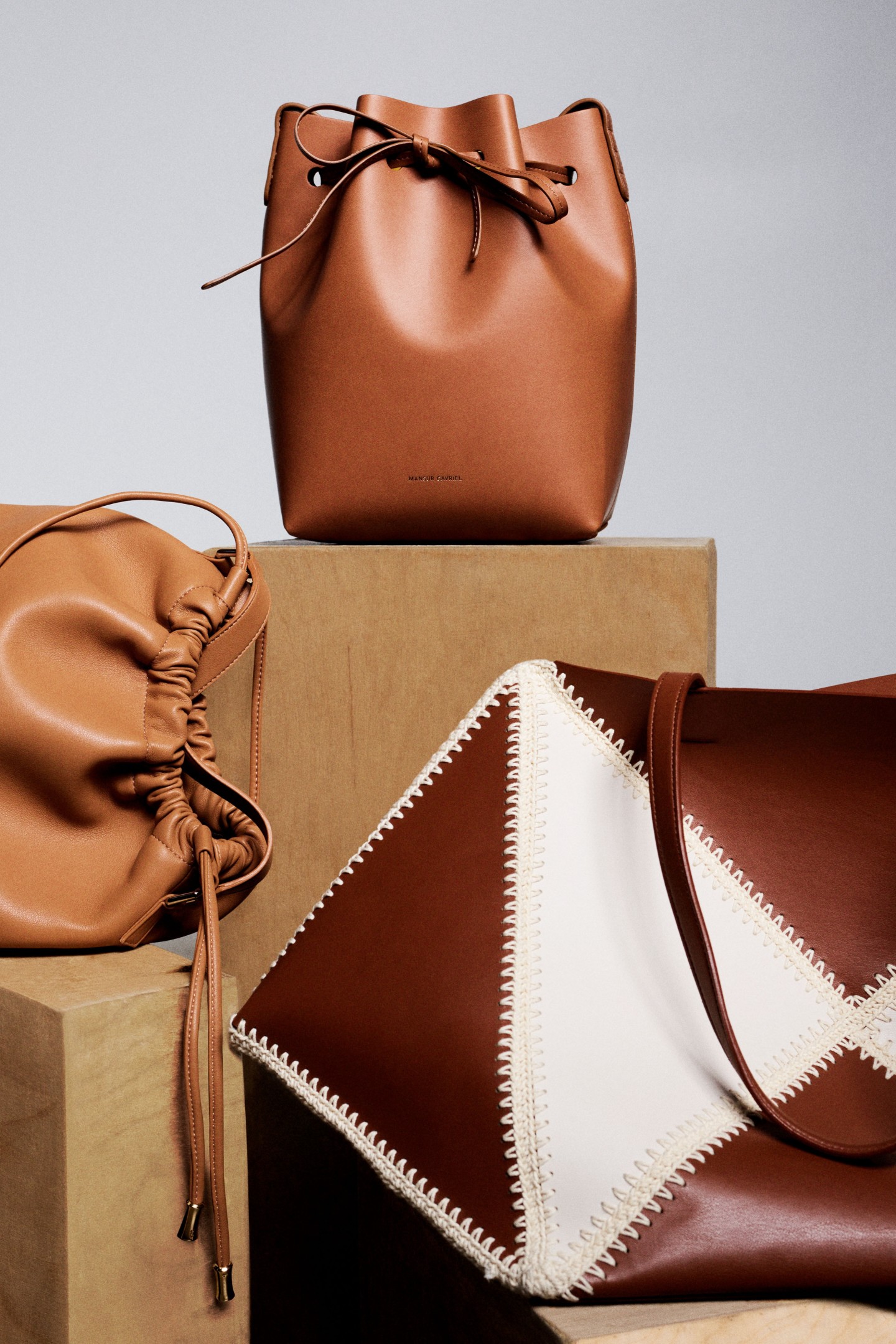
Roula Khalaf, Editor of the FT, selects her favourite stories in this weekly newsletter.
When Kering, the French luxury conglomerate behind Gucci and Saint Laurent, vowed in late 2021 that it would go fur-free, following similar pledges by dozens of other brands, industry watchers naturally speculated: could leather be next? The idea gained momentum the following month when Ganni, the Scandinavian clothing label owned by the LVMH-backed private equity firm L Catterton, promised it would phase out virgin leather by 2023 because it was standing in the way of reaching sustainability targets. Leather goods accounted for about 20 per cent of the brand’s sales but the majority of its greenhouse gas emissions, its founders said.
Leather, even when it is a byproduct of the food industry, leaves a heavy environmental footprint. Animal agriculture accounts for an estimated 14.5-18 per cent of human-made greenhouse-gas emissions, partly because of the enormous amounts of methane, a gas 25 times more potent than carbon dioxide, that cows produce. Cattle rearing is also the primary cause of deforestation in the Amazon. Kering calculates that leather’s environmental impacts are greater than those of all of the other materials it uses combined.
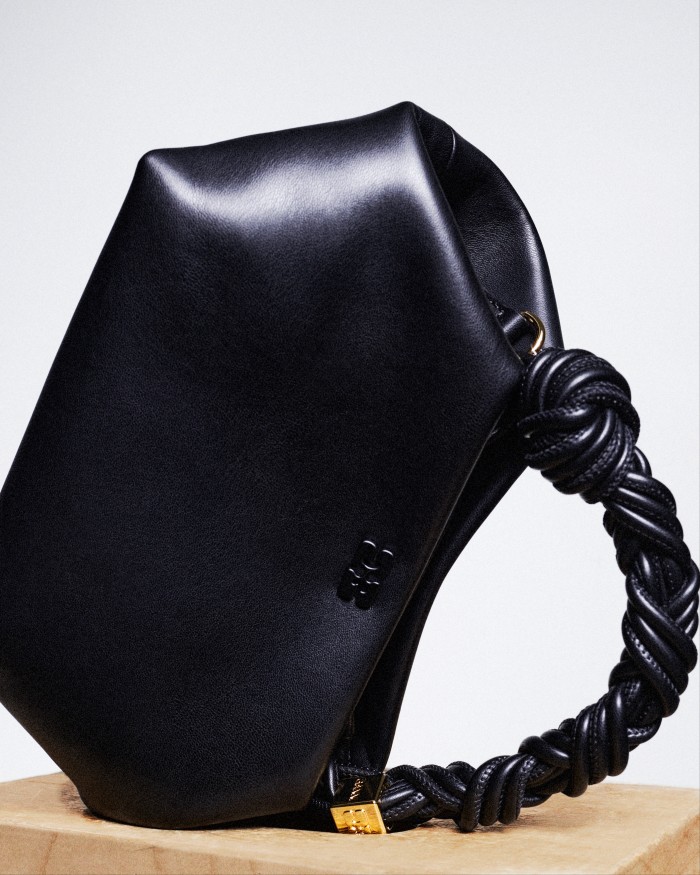
Though leather is often touted as a “natural” material, in its final form it is anything but: about 90 per cent is tanned with chromium, which prevents it from rotting but also produces toxic waste. And many luxury handbags are also coated in polyurethane, a type of plastic, to give them “scratch resistance, colour consistency and make them easier to clean”, says Volkan Yilmaz, aka @tanner.leatherstein, who grew up working in his family’s tannery in Turkey before running his own tanneries in Armenia and Turkmenistan. The same is true of shoes.
Beyond environmental considerations, there are also ethical ones: if it’s wrong to use fur for fashion, isn’t it also wrong to use calfskin? In my view, yes. Most luxury handbags and shoes are crafted from calf hides, which account for 10-15 per cent of the value of a calf at the slaughterhouse, making them co-products and not byproducts of the dairy and veal industries. The conditions that calves are kept in are horrific also. Still, none of this will persuade the majority of consumers to prioritise animal-free alternatives, says Sophie Bakalar, a partner at New York-based venture capital firm Collaborative Fund, a backer in bio-based alternative-leather companies Bolt Threads, Modern Meadow and Natural Fiber Welding: “What consumers care about is product quality, performance, price and design.”
Much “vegan leather” available is merely a greener-sounding version of “pleather”, or “plastic leather”, usually PVC or polyurethane. These products tend to have a lower carbon footprint than their animal-leather counterparts, but come with a whole host of other problems: they are derived from planet-warming fossil fuels (gas, oil, even coal) and can take hundreds of years to biodegrade. Compared with high-quality bovine leather, they are not as durable. “You can always recover and make leather usable again,” says Yilmaz. “But once plastic cracks and the fabric backing comes out, which is inevitable, there is nothing you can do.”
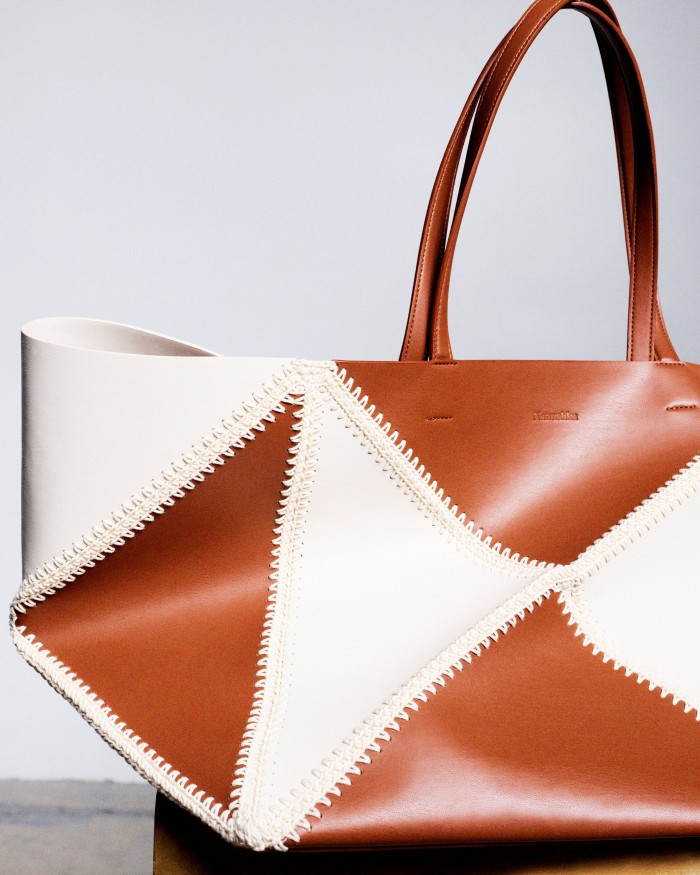
However, Stella McCartney, who has refused to use animal leather since she began her label in 2001, has developed some very luxurious-looking bags and shoes from virgin and recycled polyester over the years, including her bestselling Falabella bag. So has Nanushka, which uses a combination of virgin and recycled polyester and polyurethane for bags, such as its woven Busket styles and panelled, merrow-stitched Origami tote (£795, nanushka.com), which I mistook for calf leather when I first spotted it at an airport earlier this year.
Alfredo Piferi was head of design at Jimmy Choo until he left in 2019 to start his own namesake vegan-footwear brand. Glamorous, glittery and beautifully finished, his designs, which were shortlisted for this year’s BFC/Vogue Designer Fashion Fund, are a riposte to the idea that vegan leather equals cheap. Comfort levels vary – I loved the look of the Cinderella-like Tiana mule (£775, piferi.com), but found the Plexi vamp too stiff to move about in. I had better luck with the satin Lotta mules (£650) and the T-strap satin Maggios (from £725). Highest on the comfort scale were the faux-suede Merlin ankle boots, quite possibly the cosiest pair of boots I’ve ever worn (£525).
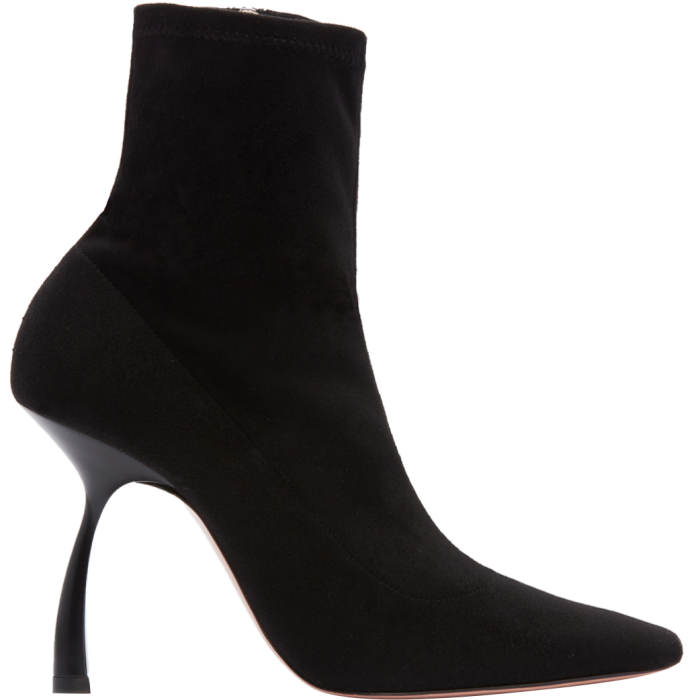
Piferi faux-suede Merlin ankle boots, £525

Stella McCartney recycled-polyester Mirum Falabella Tiny tote bag, £850
Piferi relies on a combination of bio-based materials (such as corn oil) blended with synthetics as well as pure synthetics and polyurethane. “I would never call my brand sustainable, but it is responsible,” he says. Overcoming vegan leather’s reputation for poor quality has been his biggest challenge. “People think if it’s not leather, it should cost £50, but these materials are very advanced,” he says.
There is a clear appetite for materials that behave like leather but don’t use plastic – or at least use less of it. Since 2017 Stella McCartney has worked closely with Berkeley-based biomaterials start-up Bolt Threads to develop a range of prototypes, as well as several commercially available handbags, crafted from the company’s mycelium-based Mylo. Mycelium is essentially a network of fungal threads, which Bolt Threads has been growing and processing into sheets in a lab powered by renewable energy. (In July, the company announced it had decided to “pause” production of Mylo after failing to raise the funds needed to scale it – Stella McCartney has since released two bags crafted from a plastic-free alt-leather from National Fiber Welding, or NFW, called Mirum, which is made from natural rubber, natural fibres, plant-based oil and pigments such as biochar and rust.)
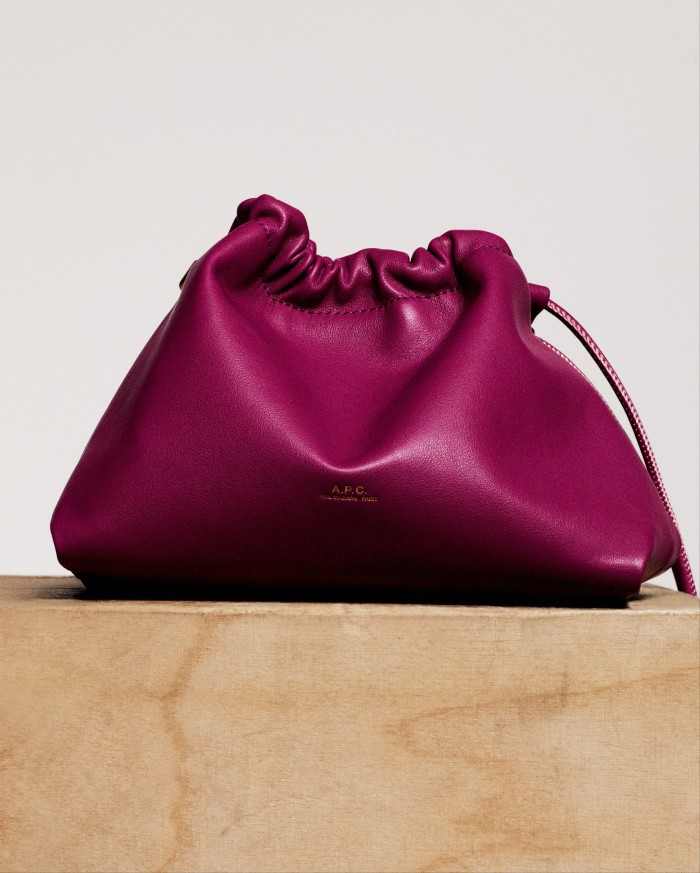
Hermès announced in 2021 that it was developing a mycelium version of its Victoria bag with California-based MycoWorks. And for its AW22 show, Balenciaga sent down its runway a full-length €9,000 coat that appeared to be made of black lamb leather but whose exterior was, in fact, a “pure mycelium” material called Ephea, developed with biomaterials company Sqim. (A Balenciaga spokesperson couldn’t discuss what other materials were used.)
Raw(hide) facts
Methane produced by cows is 25 times more potent than carbon dioxide
“Vegan leather” tends to have a lower carbon footprint, but it’s often derived from fossil fuels
Decent alternatives include mycelium (the fibrous root structure of fungi) and “leathers” made from agricultural waste such as pineapple leaves (Piñatex) and apple skins (Vegatex)
Still, it will be some time before these materials are available at commercial scale, and at prices competitive to leather. And they still may have some performance issues to work through. A ready-to-wear designer at one label, speaking on condition of anonymity, said she found Mylo incredibly difficult to work with: “It’s not woven, it’s a solid, so it breaks very easily. And you can’t stitch it. When we [used it to make trousers], we had to bond it to jersey [fabric], but it was so stiff the model [we photographed in it] couldn’t sit down.” Bags were easier, she said. Hermès’s mycelium bag has yet to appear in stores.
More scalable (and affordable) are leather-like materials derived from agricultural waste such as pineapple leaves (Piñatex) and apple skins (Vegatex). In 2021 Gucci unveiled a small range of trainers made from Demetra, a leather-esque material it claims is at least 70 per cent derived from “plant-based raw materials from renewable sources” such as viscose (the rest includes polyurethane, fillers, resin, protection layers and dyes). These are more flexible but are typically bonded to a plastic material for stability – a turn-off for some sustainability-minded shoppers.
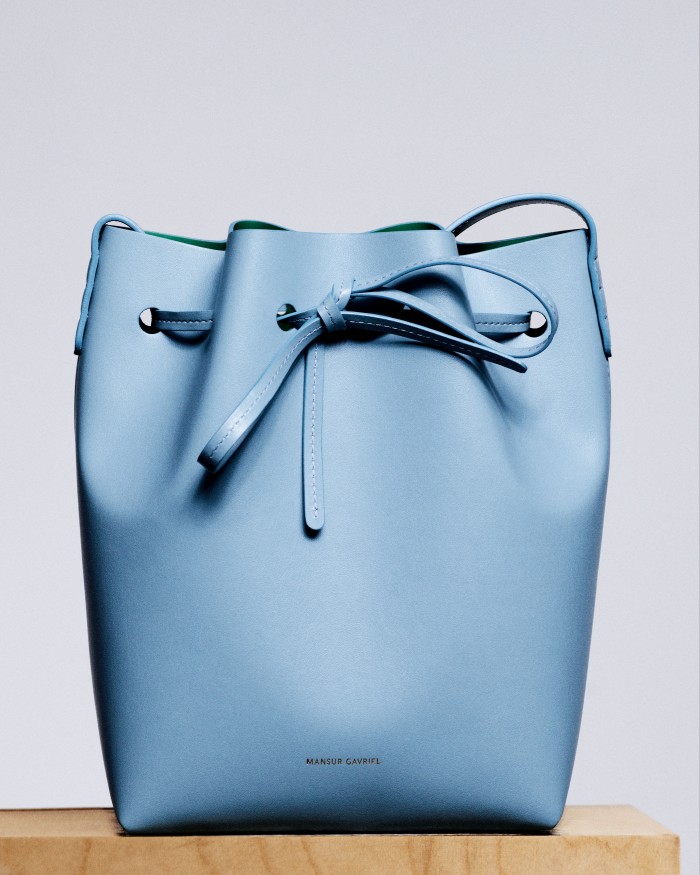
I sometimes think these alt-leather companies, like plant-based “meat” producers, do themselves a disservice by comparing their products to leather rather than marketing them simply as new, innovative materials (as Gucci does). But I’ve been delighted to find how far some have advanced. Pangaia’s “grape leather” sneakers (£100, pangaia.com), whose uppers are crafted from 80 per cent waste from winemaking production and 20 per cent polyurethane, were lightweight and supple and didn’t smell of plastic.
What’s more, the rising popularity of animal-free alternatives has created some “healthy competition” within the leather supply chain, says Jocelyn Wilkinson, a partner at Boston Consulting Group who formerly worked on sustainability strategy at Burberry. She cites regenerative farming and a switch to renewable energy at tanneries as two areas where brands are working to reduce the footprint of animal leathers. Wilkinson believes it’s too early for luxury to make an either/or call on animal or non-animal leathers. “My opinion for brands is to take a portfolio approach. Spread your bets and analyse the products side by side.”
And of course, when it comes to the materials of shoes and bags, the choices aren’t binary. Most days I carry a canvas tote; straw and rattan are less sweaty than leather when it’s warm. Rubber-soled canvas and nylon options abound for sneakers and sandals. For those opting out of leather, the range of alternatives has never been greater.
Letter in response to this article:
As long as we eat meat and dairy, it makes sense to wear leather / From Stephen M Sothmann, President, Leather & Hide Council of America, Washington, DC, US

Comments